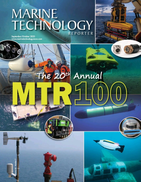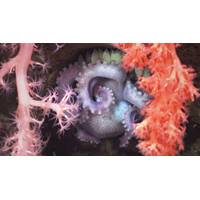
Exploring Ocean Canyons, SOI Strikes Again with Groundbreaking Research
how human activity even reaches the deep-sea canyon, with evidence of debris that included shoes, plastic bags, and fishing gear.“This cruise underscores the power of ocean exploration and science in igniting the imagination,” said Schmidt Ocean Institute’s Executive Director, Dr. Jyotika Virmani. “It was inspiring for us to see Argentinians fall in love with their own deep sea, and we are grateful to the science team, who balanced the demands of seagoing science with their passion to share their research with millions.&rdquo
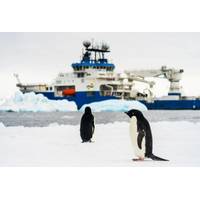
Schmidt Ocean Institute Successfully Concludes Inaugural Antarctic Expedition
supporting research in the South Atlantic Ocean. “This was just the beginning of our journey into polar environments. I am proud of our incredible crew and staff for our first successful voyage into the Southern Ocean,” said Schmidt Ocean Institute Executive Director Dr. Jyotika Virmani. “Our plan is to visit Antarctica multiple times over the next decade, supporting vital scientific research in parts of the Ocean which may seem remote but are intricately connected to the wellbeing of everyone on this planet.&rdquo
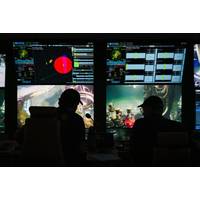
Scientists Reconstruct Impact of Seafloor Volcanic Eruption
we gather from studying the 2008 Chaitén eruption is relevant for coastal and island volcanoes globally.”“Approximately half of the earth’s volcanoes are islands or located near coasts, like Chaitén,” said Schmidt Ocean Institute’s Executive Director, Dr. Jyotika Virmani. “It is amazing that as recently as 2008, this volcanic eruption wasn’t predicted. Understanding volcanic activity and its footprint on the offshore ecosystem provides data to more readily predict the frequency and severity of events, which is essential to saving lives and cultures
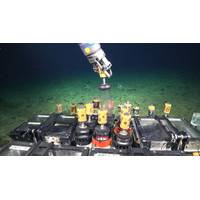
Scientific Discovery: Chile's Deepest Cold Seeps
Atacama Desert. The animal samples will be kept at the Universidad Arturo Prat Museo del Mar in Iquique and the National History Museum in Santiago, Chile, following identification and characterization.“Finding such cold-water seeps using nothing but mapping data is wonderful,” said Dr. Jyotika Virmani, Executive Director of the Schmidt Ocean Institute, “There was a chance that the science team would not locate these amazing deep-water, chemosynthetic environments. With further analysis, bacteria from these seeps may provide new insights into how life persists in the darkness, offering
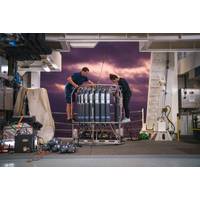
DISCOVERY: New Tech Aids Understanding of the Oxygen Minimum Zone
measure low levels of oxygen in the ocean due to sampling limitations. This expedition was an exciting test of novel technology that pushed a critical boundary of detection and highlights the need for continuing innovation in Ocean research,” said Schmidt Ocean Institute Executive Director Dr. Jyotika Virmani. “The suite of technologies developed by Dr. Pachiadaki and her colleagues open the doors to an increased understanding of microbial processes and phenomenon in these expanding Oxygen Minimum Zones.”Gerardo García (Research Technician, Universidad de Concepción) and
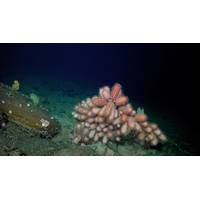
Abundant Life Found on Seamounts Off Chile’s Coast
the waters off Peru and Chile throughout 2024.“Full species identification can take many years, and Dr. Sellanas and his team have an incredible number of samples from this amazingly beautiful and little-known biodiversity hotspot,” said Schmidt Ocean Institute Executive Director Dr. Jyotika Virmani. “Schmidt Ocean Institute is a partner with the Nippon Foundation - Nekton Ocean Census Program, which has set a target of finding 100,000 new marine species in the next 10 years and, once identified, these new species will be a part of that.&rdquo

Speaker Line-Up for Catch the Next Wave’s Return at Oi24
and between sectors, taking a futuristic look at how key areas of rapidly evolving technology might help to achieve net zero and beyond, at the same time as supporting the restoration of the Earth’s essential biodiversity and ecosystem services.CTNW speaker and conference committee member Jyotika Virmani, said: “I have been part of Catch the Next Wave for many years and what I find fascinating and wonderful about Catch the Next Wave is that it is the only conference which pairs together what is happening in marine technology with the equivalent of what is happening outside marine technology
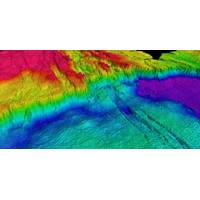
DISCOVERY: High-Res Mapping Tech Helps Find New Hydrothermal Vent Field
them. Ecuador has called for a precautionary pause on deep-sea mining. “These finely detailed maps created with state-of-the-art technology are exceptional for the area they cover and the seafloor complexity they reveal,” said Schmidt Ocean Institute’s executive director, Dr. Jyotika Virmani. “In addition to increasing the scientific knowledge of the region, it is wonderful to know they will be used in Ecuador's management of their own marine resources. Schmidt Ocean Institute is committed to stewarding new technologies that allow us to fully map and characterize the seafloor
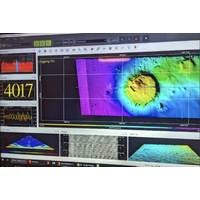
Massive Seamount Discovered in Waters Off Guatemala
higher-resolution maps will guide scientific research and future discoveries, while offering improved understanding of geological processes.“A seamount over 1.5 kilometers tall which has, until now, been hidden under the waves really highlights how much we have yet to discover,” said Dr. Jyotika Virmani, executive director of SOI.“ A complete seafloor map is a fundamental element of understanding our Ocean so it’s exciting to be living in an era where technology allows us to map and see these amazing parts of our planet for the first time!”(Photo: Schmidt Ocean Institute)Mapping

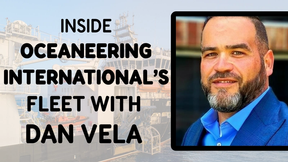
 August 2025
August 2025


